[ad_1]
Teclast F16 Pro: 30-second review
Not everyone needs a mobile workstation or a ruggedised laptop that can cope with being underwater, and the Teclast F16 Pro is the sort of machine that less ambitious users might gravitate towards.
Built around an Intel 12th Generation Alder Lake-N processor, it isn’t a powerhouse with only four cores and no hyperthreading. But Teclast did at least give it 16GB of DDR5 memory, a 15.6-inch display and 512GB of SSD storage.
However, the SSD is SATA, not NVMe, and upgrading this machine proved challenging.
The cut-down nature of this machine indicates that the Teclast F16 Pro is made for an occasional user who won’t be thinking about enhancing this basic machine and will probably be using it to surf.
Intel has launched much better 13th Gen parts since the Alder Lank-N series, but even these don’t deliver much computing or graphical performance. Teclast at least used DDR5 memory, although the difference between that and DDR4 on this type of processor is modest.
What’s missing here is any USB 3.2 Gen 2 ports or a LAN port, and the HDMI is only the mini variety. On the plus side, it has a good-sized keyboard with a numeric pad.
For the money, and this is a remarkably cheap laptop, the Teclast F16 Pro is a workable solution if your objectives are limited.
Teclast F16 Pro: Price and availability
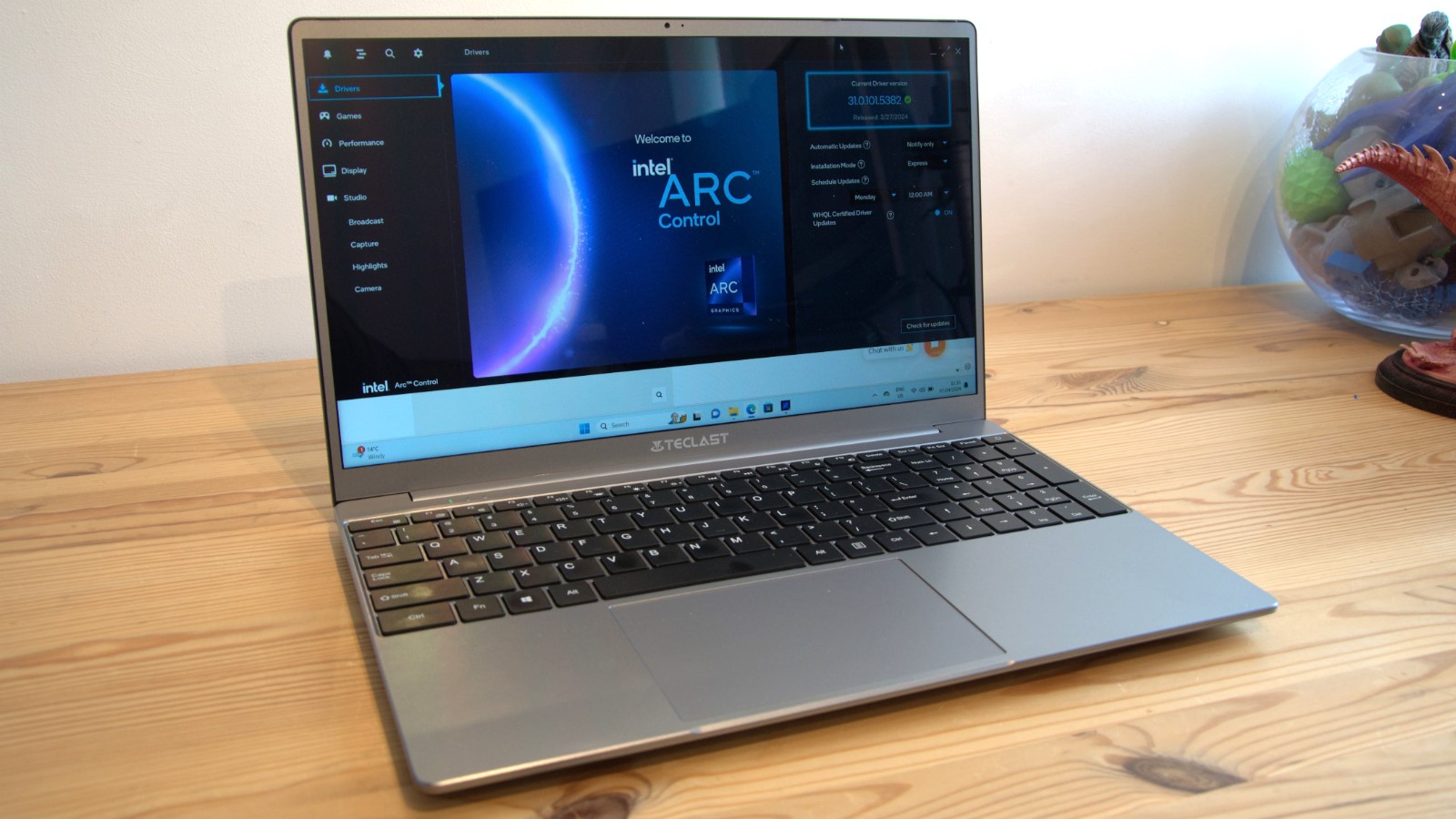
- How much does it cost? From $270
- When is it out? Available now
- Where can you get it? From Amazon.com
There is only one SKU of the Teclast F16 Pro, the one reviewed here, keeping things simple for potential customers. On the Teclast website, a large button will redirect you to “AMAZON” in your region, even if the product isn’t available globally on Amazon.
While it’s not available from Amazon in the UK, we did find it on American Amazon.com for only $269.99, reduced from $299.
That’s a decent price for a machine with this specification, with most brands asking more than $300 for something similar.
Teclast F16 Pro: Specifications
| Model: | Teclast F16 Pro |
|---|---|
| CPU: | Intel N95 processor (4 cores, 4 threads) |
| GPU: | Intel UHD Graphics 600 (EU 16) |
| RAM: | 16GB DDR5 (maximum) |
| Storage: | 512GB SATA M.2 2280 |
| Screen: | IPS 15.6-inch, FHD (1920 x 1080) |
| Ports | 1x USB 3.2 Gen 1 Type-C power delivery2x USB 3.2 Gen 1 Type-A1x Mini HDMI1x 3.5mm Combo Audio Jack1x MicroSD Card slot |
| Networking: | WiFi 6, Bluetooth 5.0 |
| Camera: | 2MP 720p (no Windows Hello) |
| OS: | Windows 11 Pro (pre-installed) |
| Biometrics: | None |
| PSU: | 12V/3A |
| Dimensions: | 359mm(L) × 230mm(W) × 18.6mm(H) |
| TPD Limit: | 15W |
| Battery: | 5000mAh 3-cell Li-ion |
| Weight | 1.638 kg (3.7 lbs) |
Teclast F16 Pro: Design
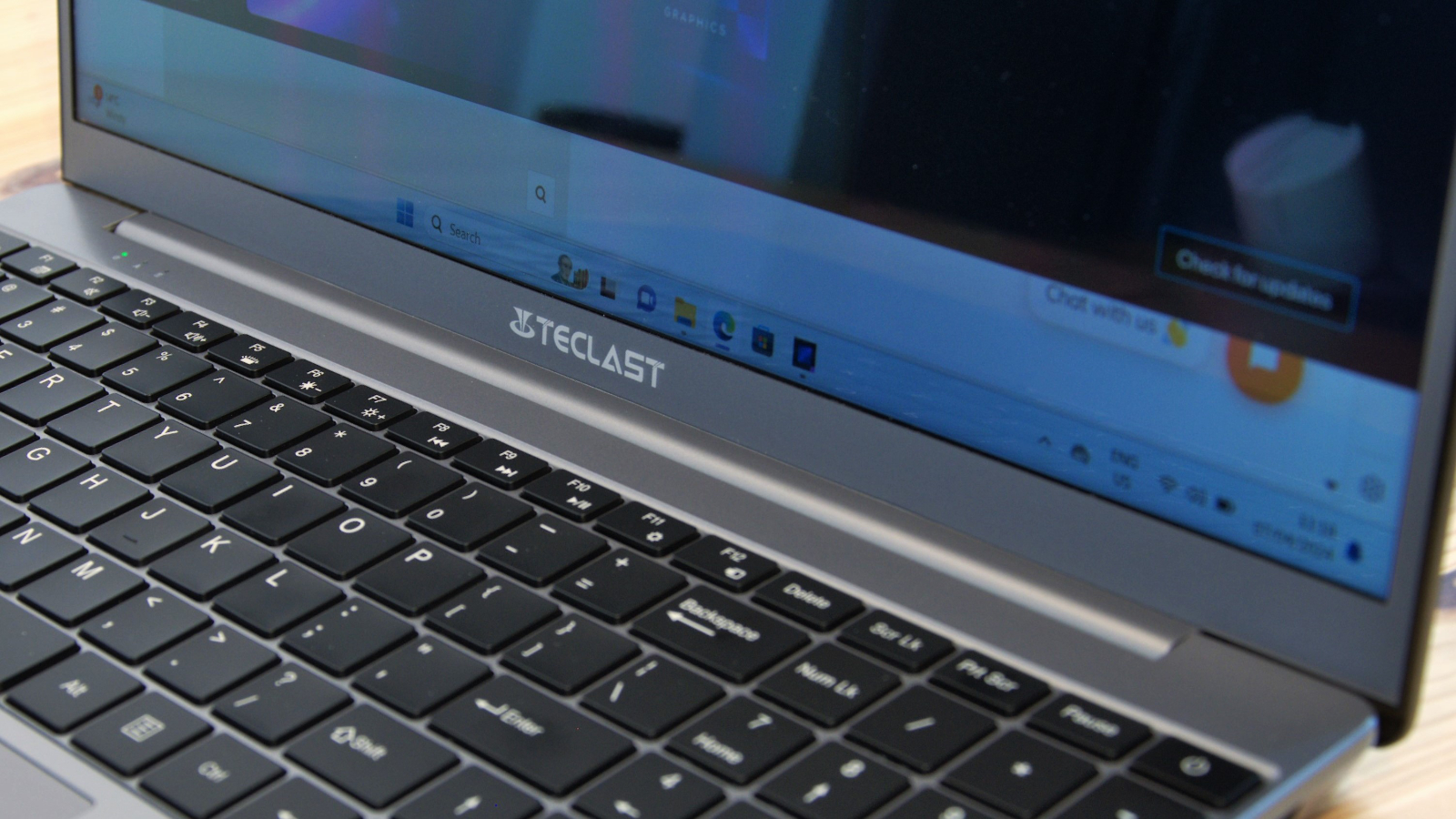
- Feels cheap
- No USB 3.2 Gen 2
- Undersized M.2 slot pocket
The overall feeling of this machine is not unexpectedly built to a price. And given how low that price is, little about the F16 Pro feels durable or stylish.
In some aspects, Teclast gets away with the cheapness, as the keyboard is fine and more than large enough for most applications. However, this machine has easily had the worst trackpad we’ve recently encountered and will have most users reading for an old mouse.
One of the limitations of the Intel N95 chip used in this laptop is the lack of PCIe lanes, and that issue manifests itself in a distinctly lacklustre selection of ports.
While there are two USB 3.2 Type-A and one Type-C, all of them are Gen 1, capping file transfer speeds at 500MB/s. This would be a problem if the SSD inside was an NVMe model, but as it is only SATA, having Gen 2 external drives wouldn’t help even if the USB were properly bandwidth-supported.
The specifications on the Teclast website state that the F16 Pro has an HDMI port. This information is spurious as it has a Mini HDMI, which you will need a cable or adapter to use with a monitor if you decide to do that.
But the oddest thing about this laptop is that it has two M.2 slots, even if getting to either wasn’t straightforward.
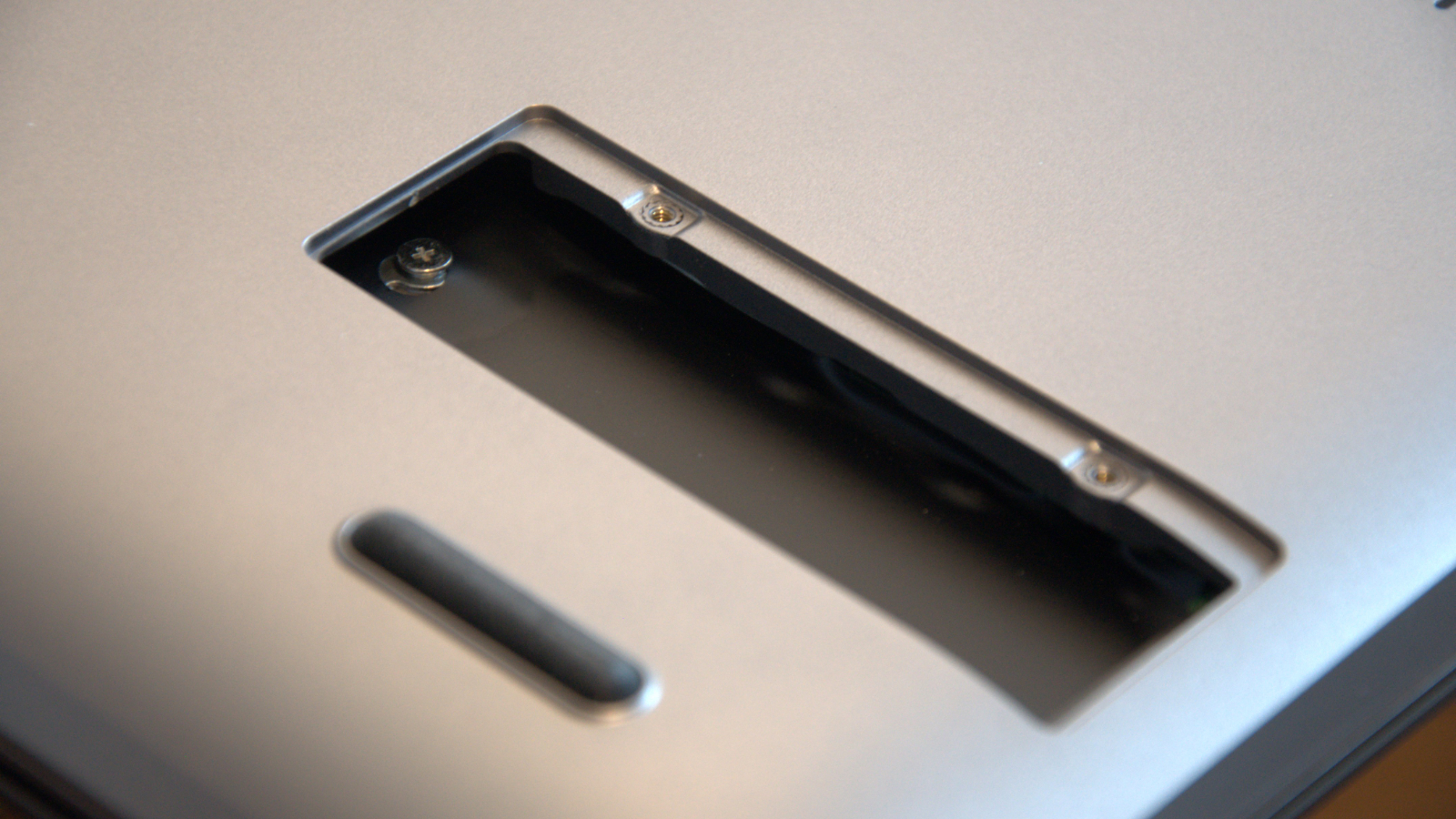
Typically, we remove the underside of laptops to see if the battery is the size quoted and if storage upgrades are a possibility. Our attempts to do this were scuppered by screws unseen, but we assume that there are two or three under the rubber strip that runs across the F16 pro at the year. During the attempt, we saw under the shell and realised that the boot SSD drive was located at the rear left. What we didn’t ascertain was if the M.2 socket for that drive takes NVMe drives.
But the weirdest aspect is that there is an inspection port on the front right that gives the owner a way to upgrade the machine’s storage. This removable panel and pocket were evidently designed by someone who had never seen an M.2 2280 drive because the hole provided isn’t enough to easily access the slot and slide a drive in.
The slot appears to be for ‘M’ class drives, i.e. NVMe, but inserting a drive didn’t allow it to be seen by the system. It may be that we didn’t get it fully inserted because there is insufficient space to get anything behind the drive to push it into the slot. Whatever was going on here, it wasn’t good. Teclast provides no hardware-specific information to say what the slot supports and how you might insert drives without needing the dexterity of a neurosurgeon.
Our final complaint is the use of a tragic pin-barrel power connector, and an exceptionally thin and easily breakable one too. There is a USB-C port, so why didn’t they use a charger that meets that standard? As only 12v and 3A are required to charge it up.
Teclast F16 Pro: Features
- Intel N95
- Only 9 PCIe lanes
- No biometrics
We’ve talked about the N95 previously and how Intel engineers made sure it didn’t provide a viable alternative to even the Core i3.
Four cores and no hyperthreading would never make for great performance, especially when Windows 11 thinks those four cores are purely for its use.
What condemns this architecture is that the N95 is not especially power-efficient silicon, which was fabricated using the old 10nm process that Intel was stuck using seemingly for the best part of a decade.
The other issue, which we’ve already mentioned, is that 9 PCIe lanes aren’t enough for a modern computer, and this impacts the bandwidth for SSDs and external ports. In this context, the lack of bandwidth delivers a machine with SATA SSDs and no USB 3.2 Gen 2 ports.
Other constraints include a low-resolution 2MP camera that doesn’t support Windows Hello, and no fingerprint reader for biometric security. Neither of these things is a surprise at this price, but we need to document them.
Interestingly, Teclast did include 16GB of DDR5, which is the maximum that the N95 can address. As we didn’t get fully inside, we couldn’t see if that was socketed, but it’s probably soldered to the mainboard.
Overall, the hardware in this laptop is about as low-powered as we’d recommend using it, but it might run Chrome OS better than Windows for those who want greater responsiveness.
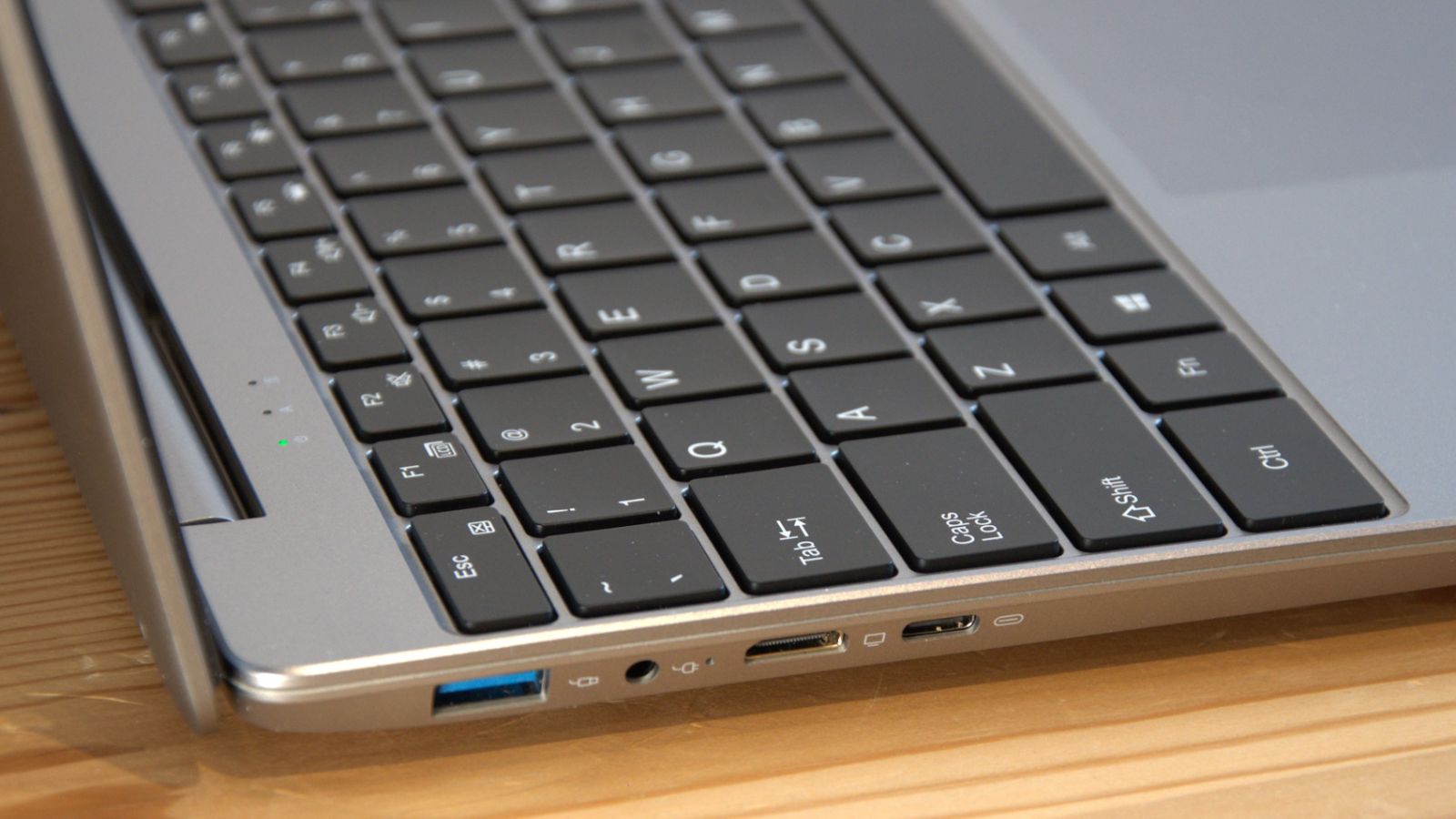
Teclast F16 Pro: Performance
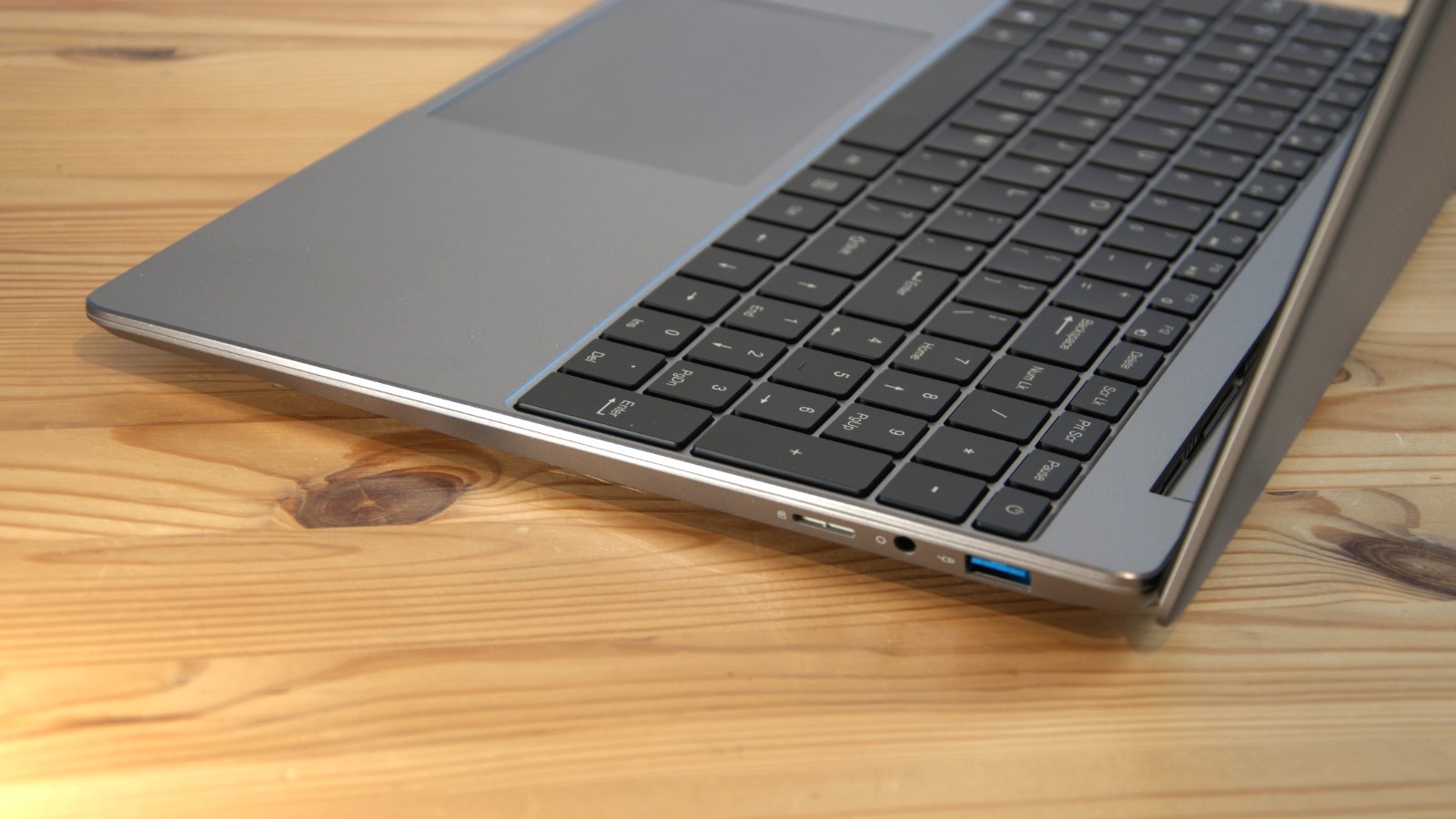
- Slow
- Only a SATA SSD
- Limited battery life
| Laptops | Header Cell – Column 1 | Teclast F16 Pro | Meenhong P8 |
|---|---|---|---|
| CPU | Row 0 – Cell 1 | Intel N95 | Intel N100 |
| TPD | Row 1 – Cell 1 | 15W | 6W |
| RAM | Row 2 – Cell 1 | 16GB DDR5 | 12GB DDR5 |
| SSD | Row 3 – Cell 1 | 512GB SATA SSD | 512 SATA SSD |
| Graphics | Row 4 – Cell 1 | UHD Graphics 16EU | UHD Graphics 24EU |
| 3DMark | WildLife | 2,450 | 2,893 |
| Row 6 – Cell 0 | FireStrike | 896 | 1157 |
| Row 7 – Cell 0 | TimeSpy | 302 | 365 |
| CineBench23 | Single | 579 | 810 |
| Row 9 – Cell 0 | Multi | 2499 | 1843 |
| GeekBench | Single | 962 | 913 |
| Row 11 – Cell 0 | Multi | 2642 | 2208 |
| Row 12 – Cell 0 | OpenCL | 3171 | 3944 |
| Row 13 – Cell 0 | Vulkan | 3116 | 3964 |
| CrystalDIsk | Read MB/s | 556 | 559 |
| Row 15 – Cell 0 | Write MB/s | 485 | 507 |
| PCMark 10 | Office | 2856 | 2572 |
| Row 17 – Cell 0 | Battery | 3h 53m | 5h 51m |
When the N95 first appeared, it seemed an innovative design that offered decent performance and a good power profile. However, a year later, some of the limitations that Intel put into this series made it less than ideal for a Windows PC.
Comparing the F16 Pro to the Meenhong P8 seemed appropriate since the P8 uses the N100, a slightly uprated version of the N95.
As these results reveal, the performance of the N95 and the N100 isn’t spectacular, and even the slightly upgraded UHD graphics on the N100 don’t make it a gaming machine.
Some of the issues here have to do with how much processing Windows requires to function, something you become acutely aware of on a machine like the F16 Pro when Microsoft dispatches a big update that kills performance dramatically.
The difference between these two laptops is small, and they both scored 6.7 on the Windows Experience Index.
What reduced that number in both cases was the SATA SSD, as this impacts both the launching of Windows and any applications.
When reviewing the F16 Pro, it was noticeable how long it took to reset the laptop after we completed our testing. A reset from the local installation took over an hour, disturbingly.
This is not a fast system, even if it works well enough for surfing if it isn’t being asked to do anything else.
Battery life is about half what is required for a working day and possibly not enough for an evening of web-based activity.
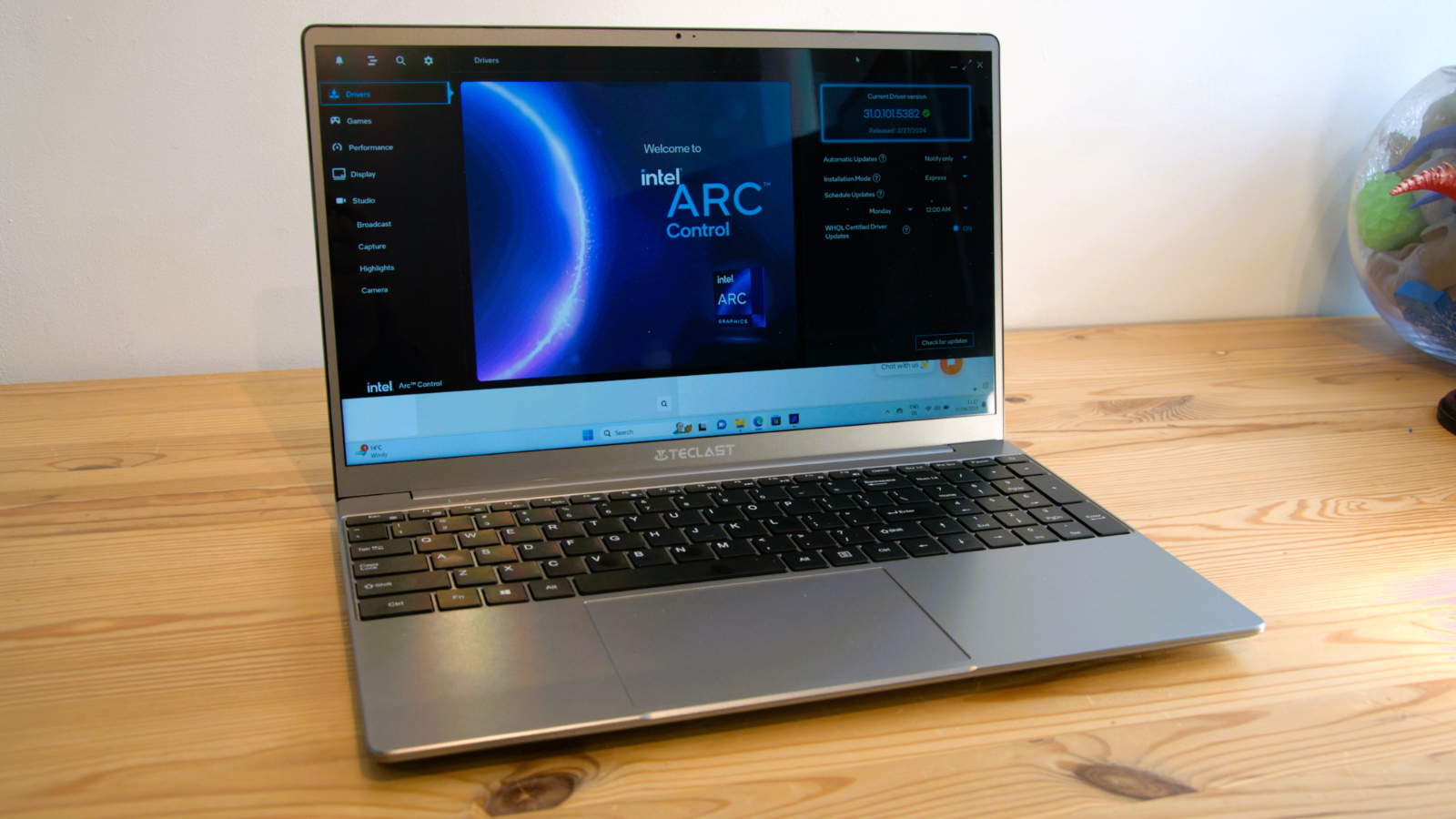
Teclast F16 Pro: Verdict
At such a low price, it is easy to let the limited performance offered by the Intel N95 get slightly ignored. Not everyone needs excessive power or has the money for a premium system.
What is more of a concern is how this system would function if it were used by a student since nothing about it makes for exceptionally smooth sailing.
As an exercise, we ran Chrome OS Flex on the review hardware without installing it to the internal drive, and it was a much better user experience than Windows 11 Pro.
That hints that maybe this hardware would be better if it had a more sympathetic operating system rather than one hellbent on getting you to upgrade each year.
In short, the Teclast F16 Pro is cheap for a reason, and it is recommended to curb your expectations.
Should you buy a Teclast F16 Pro?
| Value | It’s cheap, but not the greatest value. | 4 / 5 |
| Design | Made to a tight budget, and some parts show that. | 3 / 5 |
| Features | Dual M.2 slots, but only one is accessible, and both are SATA. | 3.5 / 5 |
| Performance | Slow and punished by Windows for being so | 2.5 / 5 |
| Overall | Cheap, but most users will outgrow the F16 Pro quickly. | 3.5 / 5 |
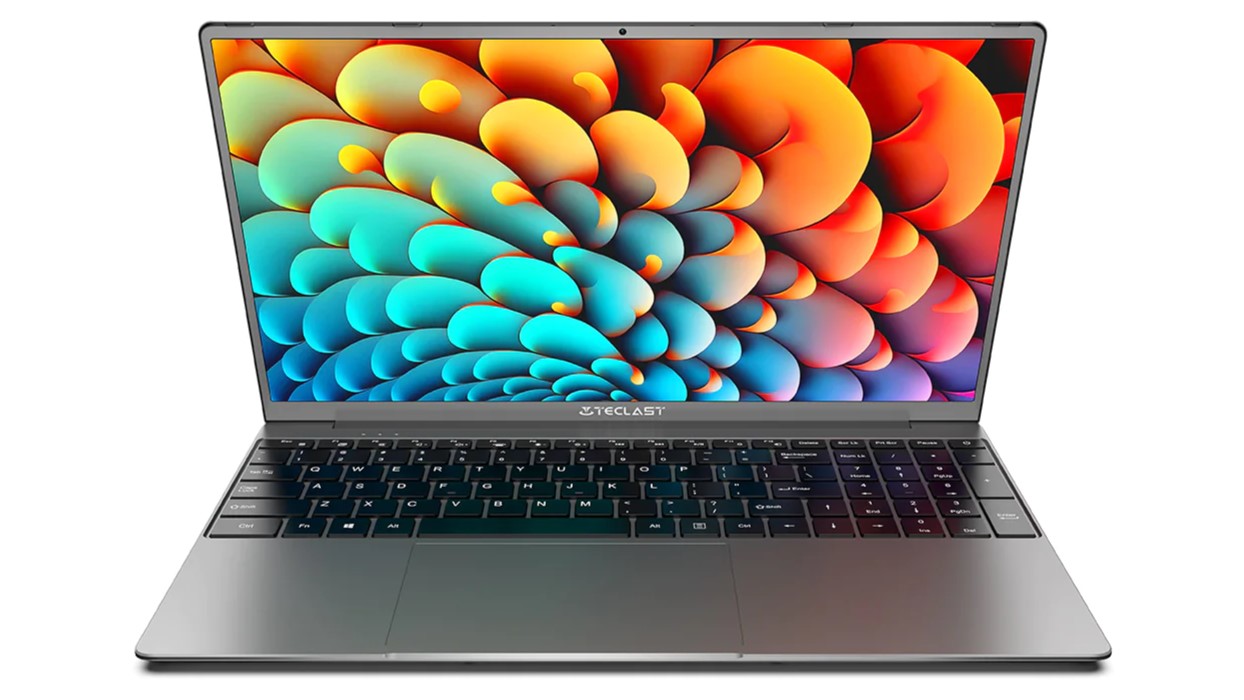
Buy it if…
Don’t buy it if…
Also consider
For more educational laptop options check out our Best Student Laptops selection.
[ad_2]
Source Article Link

